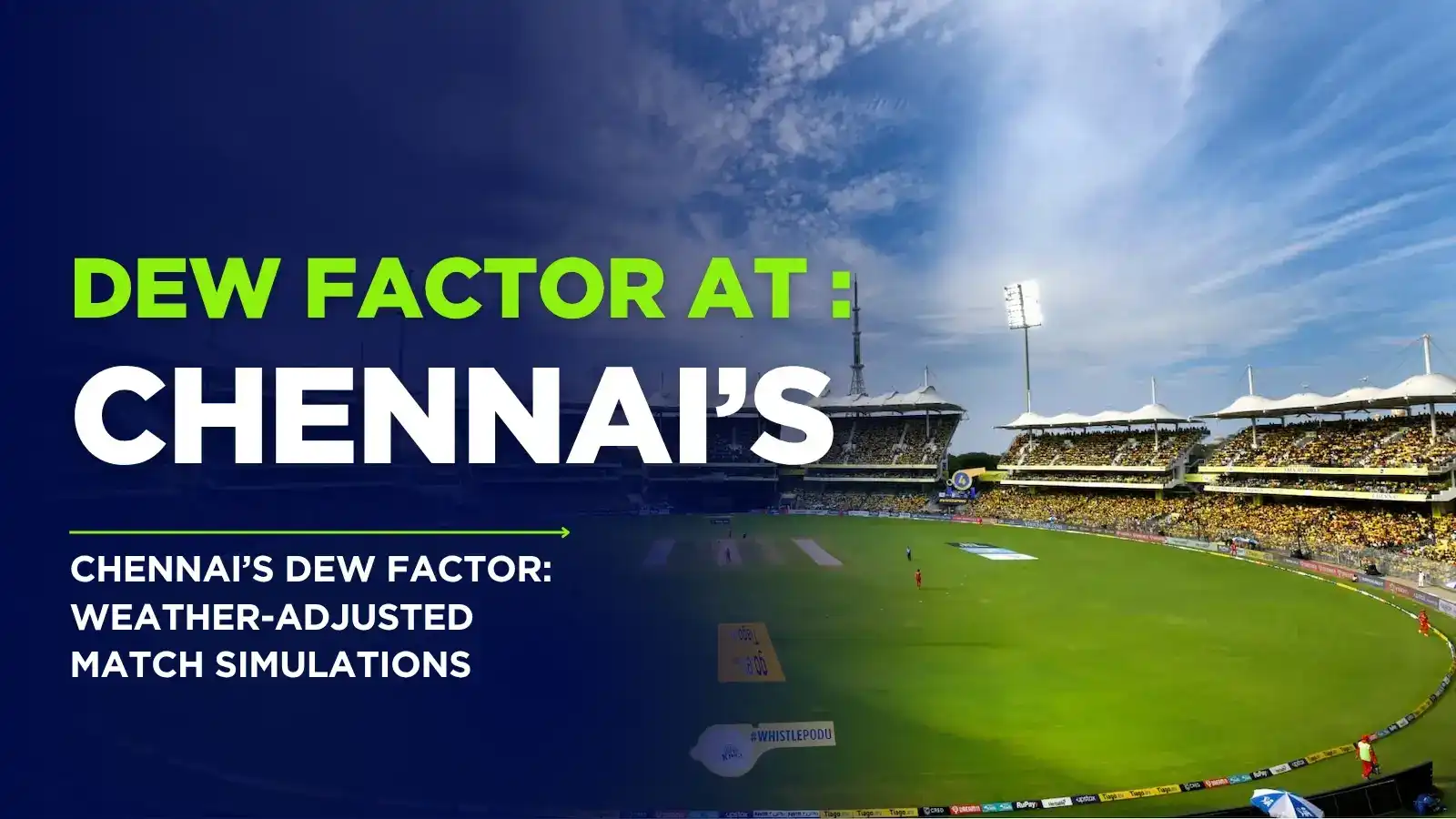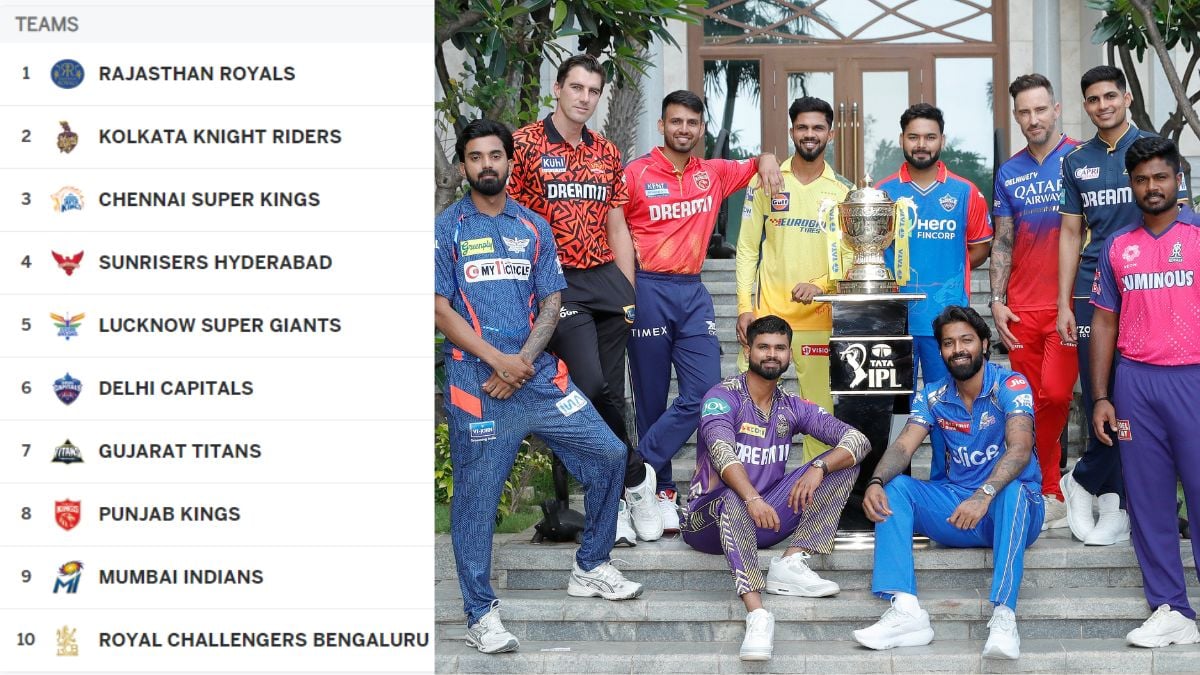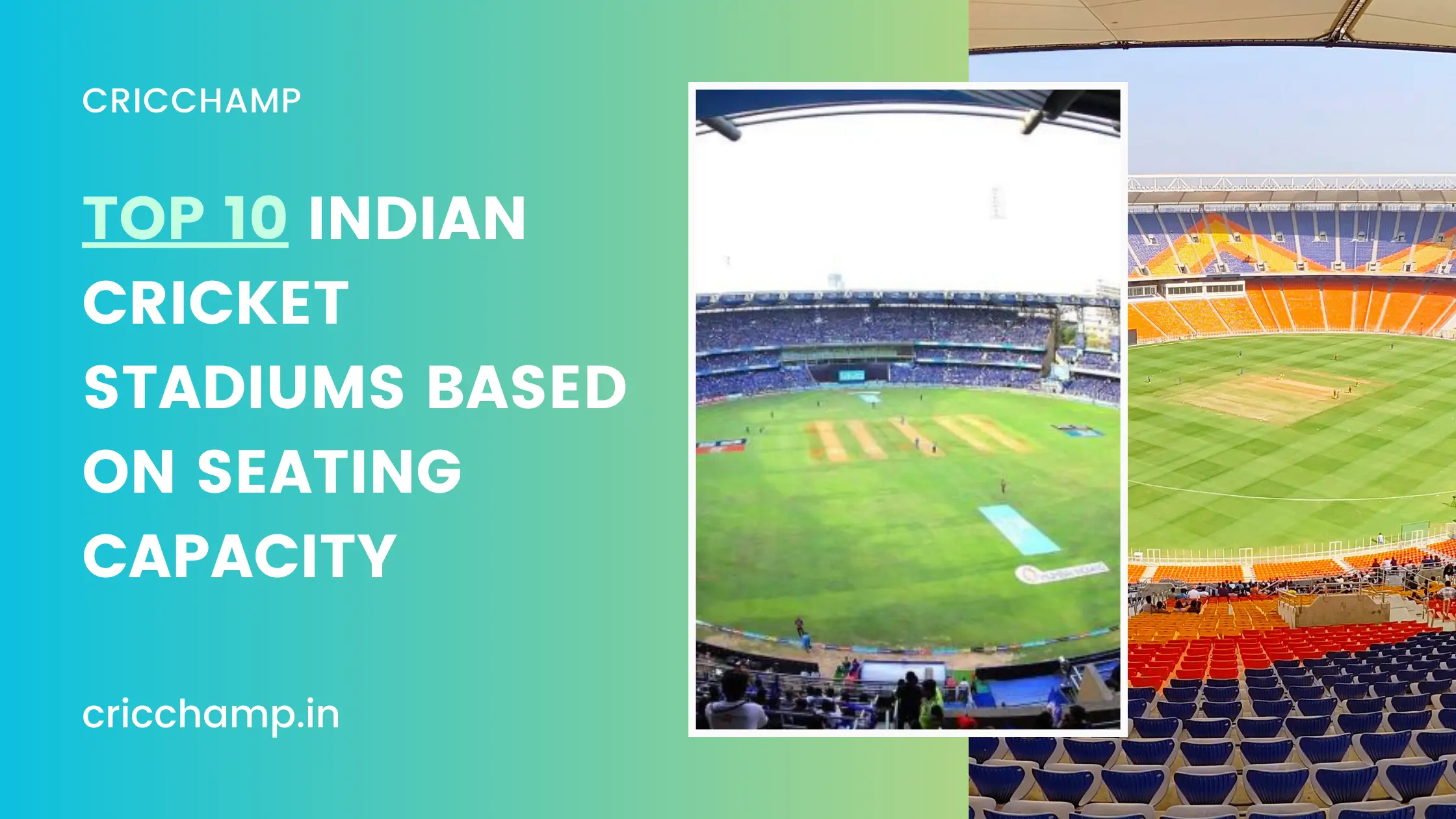Cricket in Chennai isn’t just about spin and power-hitting—there’s a meteorological subplot waiting in the evening air. Dew, that fine layer of moisture, can turn a gripping IPL contest on its head. By weaving in real humidity curves and dew-point thresholds into match simulations, we can tease out how win probabilities shift after the toss.
The Meteorological Backdrop
Chennai’s humidity often climbs from around 65-70% in the late afternoon to 75-80% by late evening during the IPL season. That rising mugginess keeps the Chepauk pitch tacky under lights. Meanwhile, the mean evening dew point generally hovers around 23-24 °C—when air temperature drops to that level, moisture condenses onto the outfield and ball surface, making grip a nightmare for bowlers.
Mix those numbers into a simulation framework, and suddenly the toss isn’t just a coin flip in statistical isolation. It becomes a choice against the weather clock.
Here’s the gist of it:
- Feed in hourly humidity and temperature data for a typical match day from a trusted forecast.
- Calculate the probable “dew onset” time—when temperature equals dew point.
- Run thousands of virtual games with teams batting first or second, toggling bowl-in-dew penalties (skidding ball, reduced swing).
What emerges is fascinating. While precise, universally published percentages linking specific dew onset times to win rates are rare (as these often come from proprietary models), general trends are well-documented. If significant dew sets in early, the chasing side typically sees a noticeable advantage, as the ball becomes harder to grip and control for bowlers. Conversely, if dew is minimal or delayed, the advantage of chasing lessens, sometimes even favoring the team batting first. Historically, at Chepauk, teams batting first have won slightly over half the matches, though this doesn’t factor in the dew explicitly.
Toss Tactics and Tilt
So, should a captain always chase in Chennai? Not quite. Early-evening games might escape severe dew, making batting first still viable. The key is understanding the timing and intensity of the dew, which often isn’t reflected in basic statistics.
But guess what? Many IPL online betting sites, while considering “weather and pitch conditions,” don’t always surface these granular nuances to punters in a detailed, accessible way. Punters who dig into humidity forecasts and dew-point charts—well, they get an informational edge.
Still, cricket is stubbornly unpredictable. What if a sudden coastal breeze clears the dew? Or an unexpected cloud cover delays condensation? There’s room for hedging language, sure—these models help, but they don’t guarantee a result.
Beyond the Numbers
I’ll admit, I’ve mucked up a few predictions relying on plain pitch reports alone. Nothing quite beats watching that first ball skid off under lights, reminding you of nature’s hand in the game. And yes, it’s tempting to slip into over-analytical traps. But weaving meteorology into match sims? It’s the kind of rough-and-ready edge every strategist craves.
Here’s the takeaway: captains and fans alike should keep a weather-eye on humidity and dew-point graphs. Toss decisions in Chennai aren’t just tactical; they’re thermo-dynamic. And for the rest of us, this little bit of science could be the difference between banking on a win or nursing a classic “if only.”
What’s your take? Have you noticed dew swinging an IPL game Chennai-style? Drop your thoughts in the comments below.



